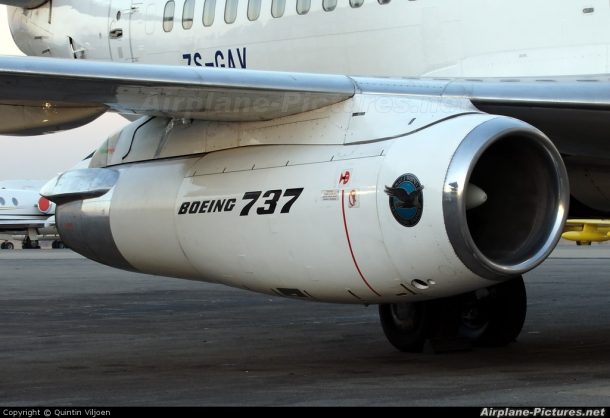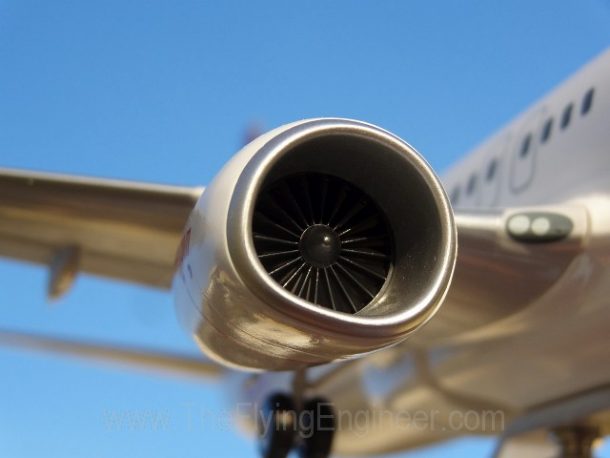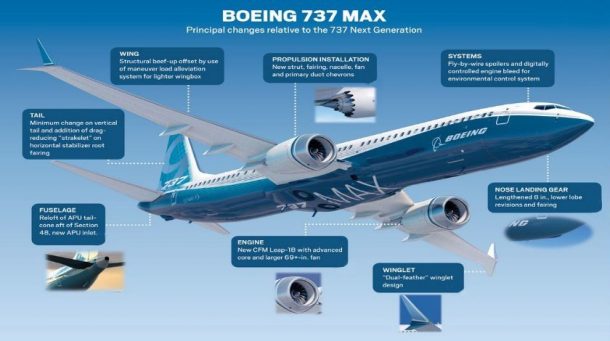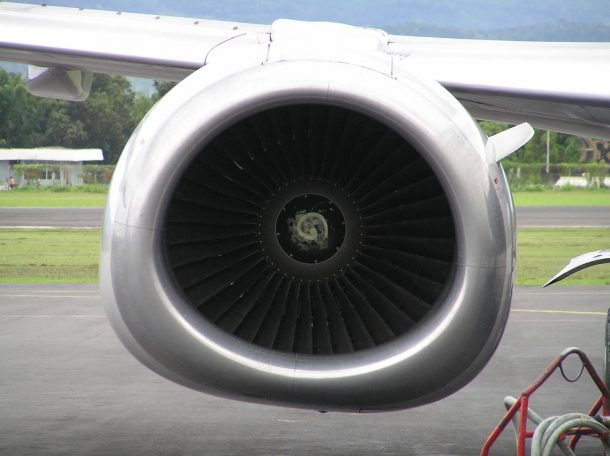Back in the 1960s, Boeing engineers were looking into creating an aircraft type that would be easy to use, easy for ground staff to board and to load with bags. At that time they were using something called Bulk Loading. It means that they were just basically taking the baggage and throwing it into the hole. They weren’t using containers like they do now on the modern aircraft. Now in order to do that efficiently, the engineers wanted to have an aircraft that was fairly low down to the ground, so, they created the 737 to be just that low down to the ground, easy to handle and that was not a problem because at the time, they were using turbojet engines.

Now the engine type in use is called the JT8 Delta. Boeing 737, 100 and 200, the ones that we refer to as the Jurassic 737 models use this engine but by the beginning of 1980, we were sort of seeing the advent of the TurboFan engine. The TurboFan engine works very differently than the turbojet engine. The turbofan engine uses the hot air gases that go through the turbines to drive a big fan at the end of the engine. That big fan is what’s creating most of the thrust. The air that’s passing by the core of the engine is giving most of the thrust and that also has the benefits of damping the sounds. Hence, they are much more fuel-efficient and quieter than the turbojet engines.

The Boeing engineers wanted to fit the new CFM56 engines onto the 737 model but here they encountered a problem. They originally wanted the aircraft to be low down to the ground but if they put a turbofan engine, it would start touching the ground during takeoff or landing. The engineers wanted to redesign the 737, they also wanted to be able to fit more passengers and the only way to do that is by stretching the airframe. So the 737, 300, 400 and 500 were continuously stretched. When you stretch an aircraft, the center of gravity is going to change. When they did this, they also needed to solve the problem of new centre of gravity. Hence, they redesigned the engine pylons.

Those are the things that are actually holding the engines to the wings. They moved the engines from being under the wings to being ahead of the wings. By doing that, they could actually lift the engines from the ground. By redesigning the engine lip, the engine could be easily designed to be a little bit flatter at the bottom, they could gain a couple of precious centimeters from the ground. The engine is not actually flat. It is circular because the fan is circular. It is the lip which is a little bit flattened and that helps when we are doing a cross-wind landing.

In a cross-wind landing, the plane might come in with a banked angle into the landing. Now what we don’t want here is the engine to be very close to the ground that it has a risk of hitting the ground so, it is crucial that the engine is as far away from the ground as possible. Another redesign that is quite noticeable in the 737 is that they have kind of a chipmunk side to the engine. This is because the engineers fixed the fuel lines and the gearbox from over the engine to the side of the engine which provided a bit more ground clearance and more space to fit the turbofan engine.
Watch the complete video here:



Wow haha that’s my video, thank you very much Aniqa Ajmal for featuring me 🙂